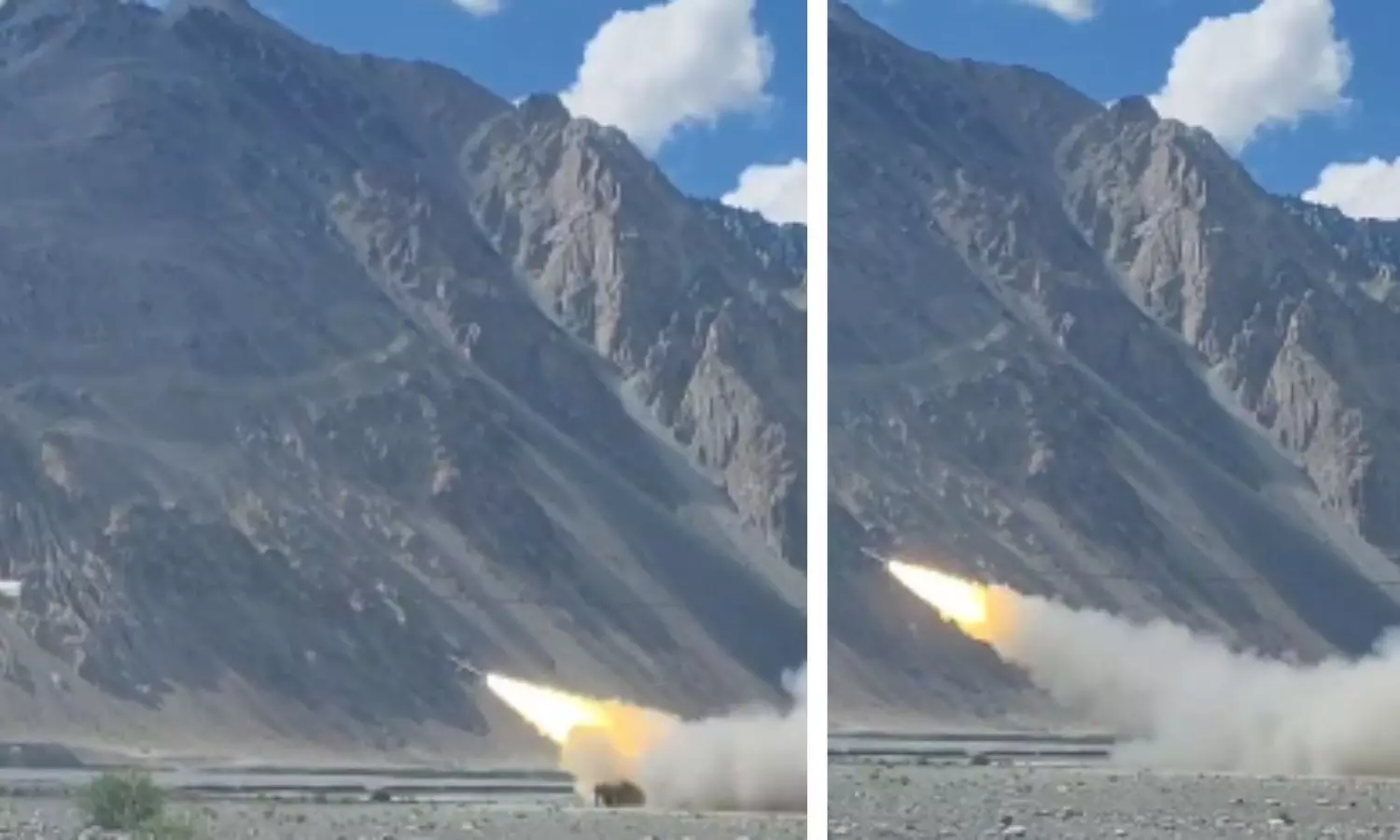India's Akash-Prime Missile Success in Ladakh: Advancements in High-Altitude Air Defense Systems

India’s Cutting-Edge Missile Triumph: Akash-Prime Hits Targets in Ladakh’s Thin Air
Striking Precision at High Altitude
Unfurling its technological prowess in a dramatic display, India's latest missile achievement unfolded on the rugged expanse of Ladakh. The nation's defense forces confirmed the remarkable success of a guided weapon system designed to neutralize aerial threats. This event, conducted at an altitude exceeding 4,500 meters, marks a defining moment for India's military readiness in extreme operational environments.
This operation featured an upgraded platform validated against fast, unmanned objects simulating real-world aerial intrusions. The direct hits in a region characterized by its thin, frigid air effectively underscored not only the platform’s performance but also India’s capacity to safeguard its airspace in even the harshest conditions. What sets this feat apart is not just the environment, but the technological innovation intrinsic to the interceptor’s core design.
The Indian defense authorities described the mission as part of a comprehensive program intended to amplify operational strength and agility for national forces. The enhanced configuration of this guided platform integrates a sophisticated radar seeker system. This enables accelerated detection and interception processes, allowing for high accuracy and reliable countermeasures against diverse aerial hazards.
Technological Evolution and Strategic Impact
Developed through years of research by India’s premier scientific and defense organizations, the missile represents a leap forward in indigenous military technology. Standing out is its ability to engage aerial hazards at altitudes up to 18 kilometers and at distances reaching 30 kilometers. This capability directly supports air defense strategies, ensuring robust shields against diverse airborne threats ranging from high-speed jets to swift unmanned vehicles.
The advanced targeting mechanism is fueled by an active radio frequency seeker, a breakthrough that empowers the new system with increased precision and reliability, even amidst the low-oxygen and sub-zero conditions prevalent in the Himalayas. Technical integration with advanced radar and command systems delivers a cutting-edge, highly responsive solution for tactical deployment.
India’s engineering ingenuity is evident throughout the system’s construction and deployment protocols. By incorporating indigenous technological components, the solution not only elevates performance, but also strengthens national defense sovereignty. This aligns with broader defense objectives prioritizing self-reliance and integration of high-impact technologies into frontline arsenals.
Operational Integration and Forward Momentum
During the recent demonstration, air-defense units operated in tandem with developers and technical teams, providing valuable operational feedback while actively participating in real-time target engagements. The system’s ability to deliver “fire-and-forget” functionality and maintain steadfast accuracy reinforces its versatility for modern battlefield conditions.
With real-time data evaluation and rapid threat response capabilities, the launch showcased an integrated approach to modern aerial defense. As part of a broader network-centric defense structure, the newly validated asset will slot into multi-layered air-defense frameworks, complementing other systems and enhancing India’s response to evolving security scenarios.
This successful mission serves as both a technological benchmark and a strategic statement for India. It demonstrates the effectiveness of indigenous missile solutions when confronted by complex environmental and tactical demands. The thorough integration with operational defense units ensures that technological advancements are matched by real-world usability, making the achievement immediately relevant to national security imperatives.
Defining a New Era for Indian Defense Technology
The recent launch sets the stage for future progress in missile technology and airspace defense. By proving its capability in some of the world’s most challenging terrain, India's advanced system affirms its status as a core pillar of the nation’s air-defense shield. The platform’s high-altitude, high-precision engagement profile emphasizes its role as a responsive guard against modern aerial threats.
Beyond mere technical achievement, this event resonates with broader strategic priorities: strengthening territorial integrity, demonstrating indigenous innovation, and fostering operational collaboration between research agencies and defense forces. The outcome bolsters confidence in continued advancement, paving the way for further refinements tailored to the evolving requirements of high-altitude and complex operational theatres.
With this success, India not only secures a critical advantage for its defensive armory but also signals a renewed era of technological ingenuity and resilience on the global stage. The ripple effects of this accomplishment are poised to influence the next generation of missile development, force integration, and strategic policy formulation, ensuring India remains fortified and ready for future challenges in aerial security.
